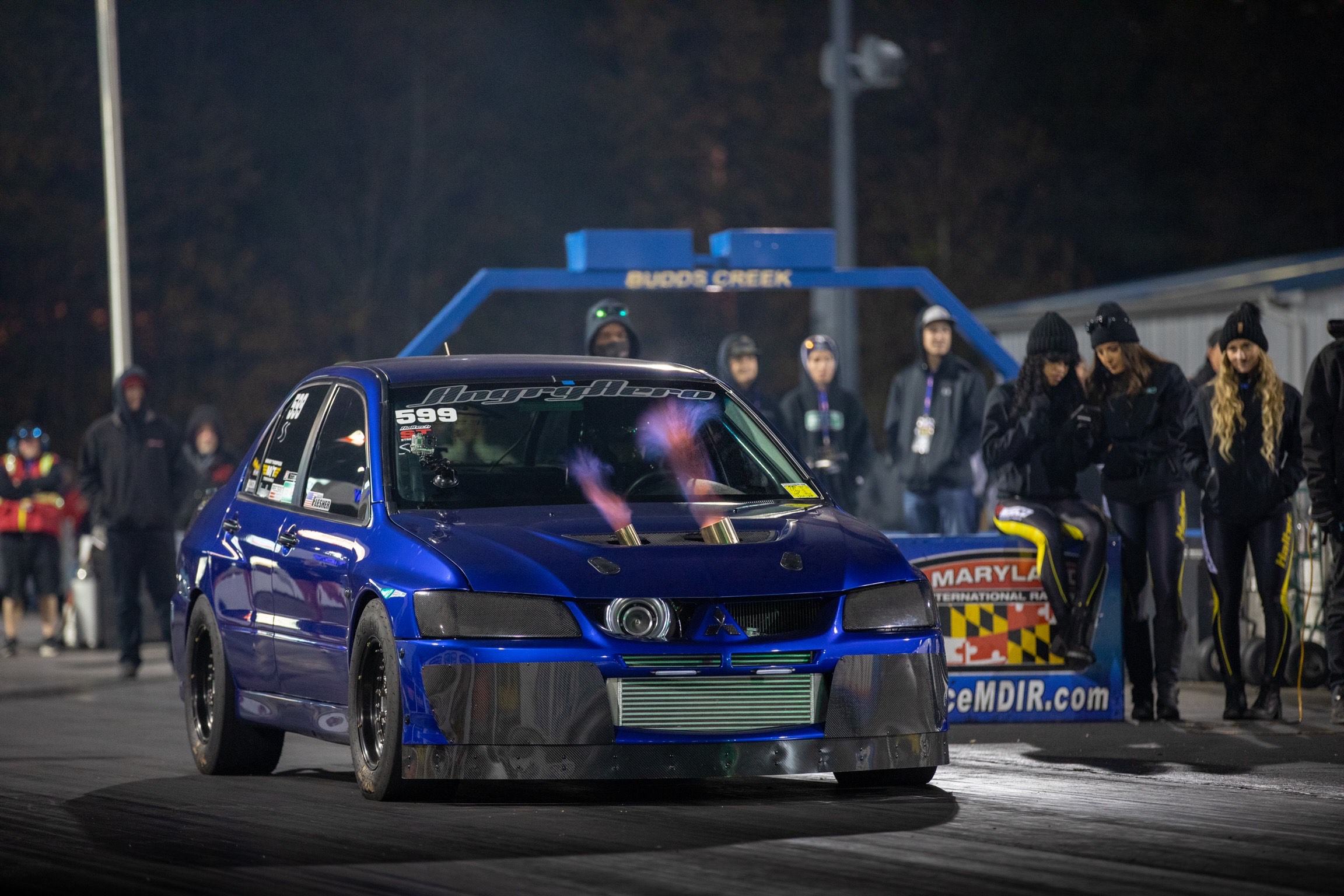How To Choose the Right Turbocharger
Jul 29th 2022

Get the Right Turbocharger for Your Build
When it comes time to upgrade your turbocharger to help meet your performance goals, there are several factors to consider to help meet those goals. It can be easy to try and throw on the biggest turbo you can find under the “bigger is better” mentality. Still, the reality is that the dynamics of turbocharger and engine performance are much more complicated than that.
To ensure your next turbo yields the results you’re looking for, you’ll have to match it to your car. What worked for someone on a forum might not work for you, and what worked best on another car might be completely different from what would work best on your car. For confidence in your next turbocharger purchase, follow these tips to choose the right turbocharger and consult one of the performance professionals at Boostin Performance today.

Journal-Bearing Turbo Vs. Ball-Bearing Turbo
When considering your turbocharger upgrade, an important consideration is whether you want a turbo with a ball bearing or journal bearing for the turbine shaft. This shaft connects the turbine wheel to the compressor wheel through the turbocharger housing, so it’s a critical component to get right.
Journal-bearing turbochargers use a journal filled with pressurized engine oil to suspend the turbine shaft. It is a (relatively) simple design without any rolling elements, and the shaft is the only moving part in a bearing like this. If this seems familiar, your engine’s crankshaft and camshaft(s) use journal bearings. These bearings can be dependable and work quite effectively with one caveat: they’re highly susceptible to failure in the case of oil starvation. If a journal-bearing turbo is not supplied with oil, it can’t suspend the turbine shaft with a film of oil and will result in direct metal-metal contact. That makes proper lubrication even more essential when using a journal-bearing turbo.
Ball-bearing turbochargers use, as you might imagine, ball bearings to suspend the turbine shaft and allow it to rotate freely. Ball bearings consist of small metal spheres that surround the shaft and are typically held in place by a cage or retainer. Ball-bearing turbochargers also depend on your engine oil to properly lubricate the bearing for maximum performance and life, but since the contents of the bearing do roll, these turbochargers are more resistant to oil starvation. In the short of it, ball-bearing turbochargers are generally more reliable than journal-bearing turbochargers and can have quicker spool times. They are similarly more expensive, but they may be worth it depending on your budget and application.

Calculating size
One of the biggest questions you’ll come across when choosing your next turbo is: “What size should my turbo be?” Of course, smaller turbos will spool quicker and produce boost faster than their larger counterparts, but they may also be limited in terms of their maximum output. Still, they’re conducive to usable power earlier in the RPM range. If your larger turbo only starts producing boost at 4,000 RPM, it could end up being slower than the same car with a smaller turbo, even if it makes a higher maximum power number. A bigger turbo isn’t always better, but there are certainly applications where it can be.
The ultimate size of the turbocharger you need will correlate pretty closely to the top horsepower you’re looking to make, as it’s ultimately the volume of air & fuel that your engine can churn through that determines its power output. Of note here, air volume and air pressure are not the same. A 5.0L engine running on 15 PSI of boost will annihilate a 2.0L engine running on even 30 PSI of boost, all else constant. So while it’s important to know your desired boost pressure, it’s not purely indicative of the net horsepower. So, choosing a turbo isn’t as simple as slapping on the biggest one you can find. Improperly sizing your turbo can result in excessive turbo lag, a high boost threshold RPM, compressor surge, and even reduced power output.
Calculating the proper turbocharger size for your engine comes down to pressure ratios, compressor/turbine area-to-radius ratios, inducer/exducer diameters, airflow rate calculations, and more. That hasn’t even considered the necessary supporting modifications for a higher boost application. While that may sound complicated, the professionals at Boostin Performance have the knowledge and experience to calculate the correct turbo for your build. Whether you’ve got a bone-stock Evo or a heavily modded GT-R, Boostin Performance is your local performance shop with proven results. Start a conversation with us today so we can work toward your power goals together.

